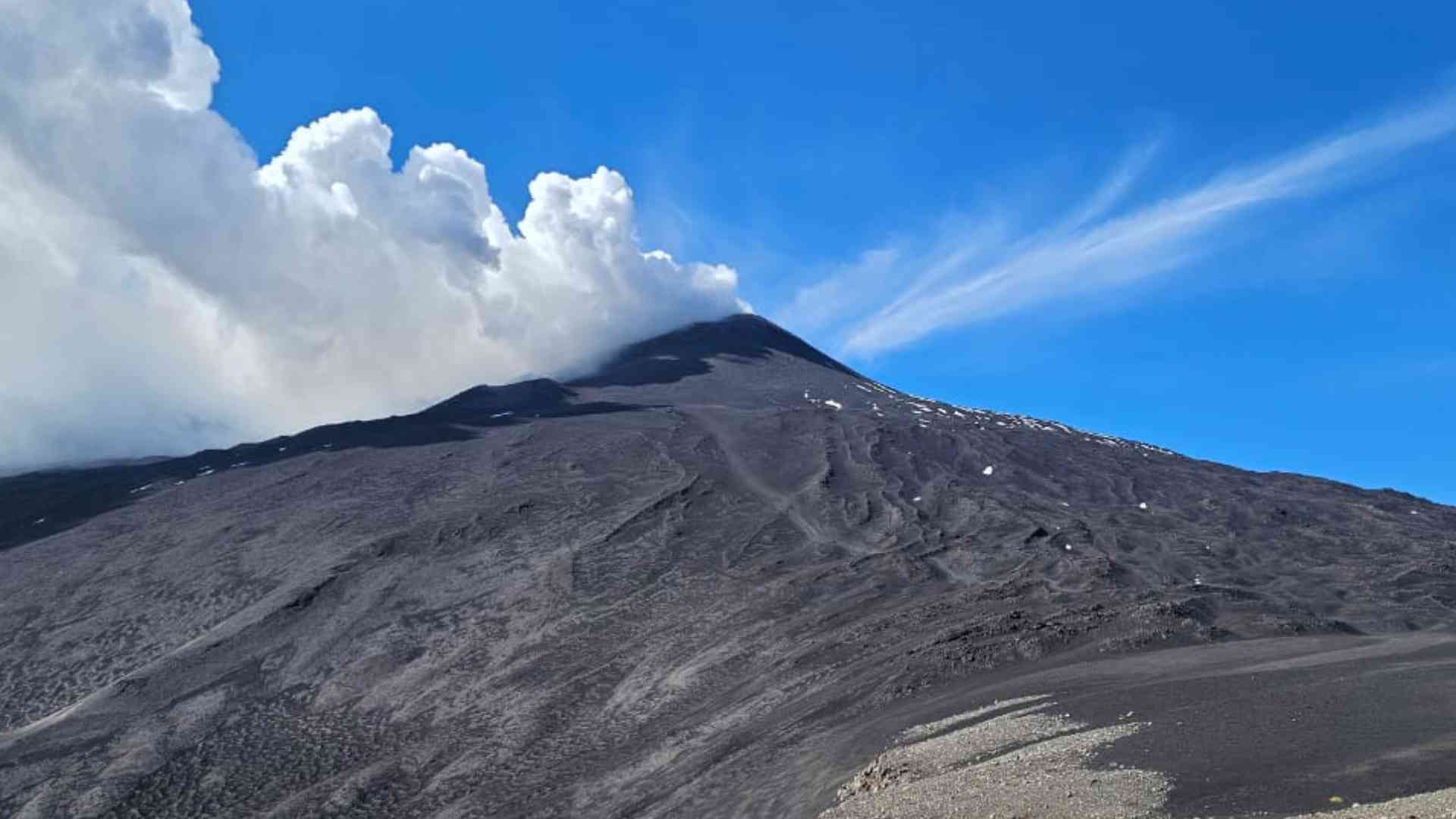Mount Etna, the fiery giant of Sicily, is one of those places that absolutely deserves a spot on your bucket list. Recently, Zaritha had the incredible opportunity to explore this natural wonder and let’s just say… it was “molto magnifico!”
Whether you’re a nature lover, an adventure seeker, or someone who simply loves saying, “I climbed an active volcano,” Mount Etna delivers. Here are five fascinating facts we bet you didn’t know about this legendary mountain.
1. It’s Europe’s most active volcano
Mount Etna isn’t just big, it’s busy!
Standing at about 3,357 metres, it’s widely considered to be the most active volcano in Europe, and one of the most active in the world. Etna erupts several times a year, but don’t worry, it’s carefully monitored by scientists, and guided tours ensure you stay perfectly safe while experiencing its power up close.



2. It’s older than you think
This Sicilian superstar has been erupting for about half a million years, with documented eruptions stretching back at least 2,700 years! Ancient Greeks believed Mount Etna was the home of Vulcan, the god of fire, and that the monster Typhon was trapped beneath it, which explains all the rumbling and smoke.
One of the 1st stops on Mount Etna gives you an opportunity to view the ruins of “Hotel Le Betulle,” being the only recognisable structure after the eruption of 2002.


3. You can actually walk on lava fields
Yes, you read that right.
You can hike across ancient lava flows and feel the crunch of volcanic rock under your boots, a surreal experience that feels like you’ve landed on another planet. Depending on when you visit, you might even see wisps of steam rising from the ground!

So, what is the difference between lava and magma?
Magma is molten liquid rock (with gases) – beneath the earth’s surface and generally hotter, because it’s pressurised and insulated.
Once magma emerges from a volcano or a vent, it becomes lava.
Lava is molten liquid rock (without most gases) – on the earth’s surface and cooler, because it is exposed to the atmosphere.
So, while the term “lava” refers to the “molten liquid,” the massive, hard, black material and fine-grained rock you see all over Mount Etna is primary basalt rock, the solidified form of that lava with a relatively low silica content.
This low silica content is what makes Etna’s lava very fluid, allowing it to flow great distances and create the characteristic shield-like slopes of the volcano.
4. It has its own vineyards
Believe it or not, the fertile volcanic soil around Mount Etna produces some of Sicily’s best wines. The mineral-rich earth gives the grapes a unique flavour, and wine lovers can enjoy tastings at local vineyards with incredible views of the volcano in the distance. Salute!
5. It’s a UNESCO World Heritage Site
Mount Etna earned its place on the UNESCO World Heritage list in 2013, and for good reason. Its breathtaking landscapes, scientific value, and cultural significance make it one of the most extraordinary places on Earth.

6. It has 4 active craters
Mount Etna consists of 4 Summit craters which are always active:
- North-East: 1911 – the oldest
- South-East: 1971 – the youngest
- Voragine: 1945
- Bocca Nuova: 1968


Why should I add Mount Etna to my bucket list?
A visit to Mount Etna is not just another sightseeing stop. It’s an experience. From the lunar-like craters to the panoramic views of the Mediterranean, it’s nature, history, and adventure rolled into one unforgettable day.
Whether you take a guided jeep tour, hop on the cable car, or hike the trails, Mount Etna will ignite your wanderlust and leave you with stories that sound almost mythical.
The Obvious Choice knows one thing for sure: when it comes to bucket-list destinations, Mount Etna is a clear winner!
Transform your journey with The Obvious Choice
Whether you’re walking ancient paths, cruising historic rivers, or driving through breath-taking landscapes, let The Obvious Choice guide you to experiences that linger long after you’ve returned home. After all, it’s not just about where you’re going—it’s about the art of getting there. Contact us today to learn more about our incentive packages, conferences and events. Join our community on Facebook and follow us on Instagram.

